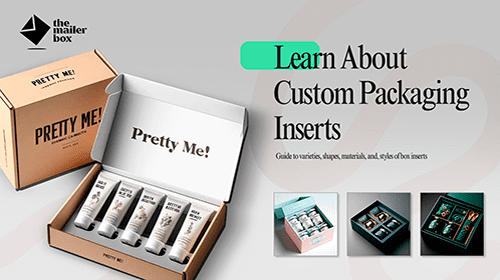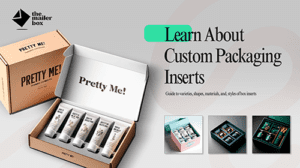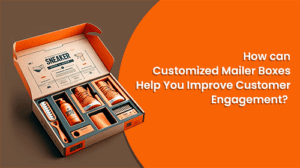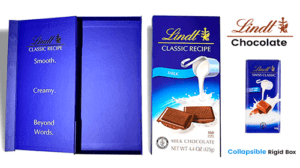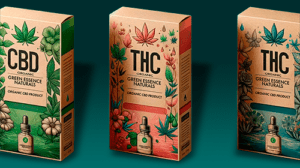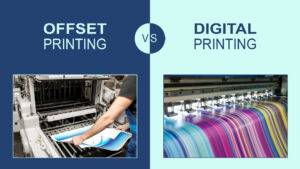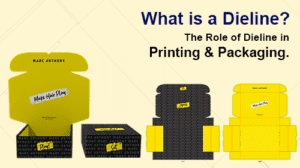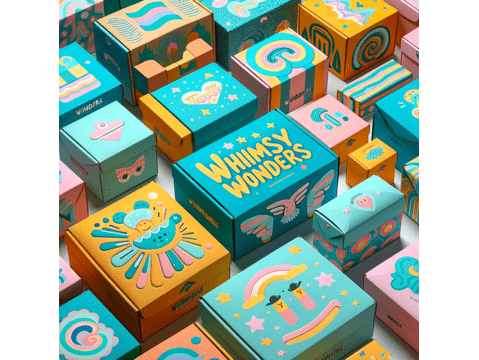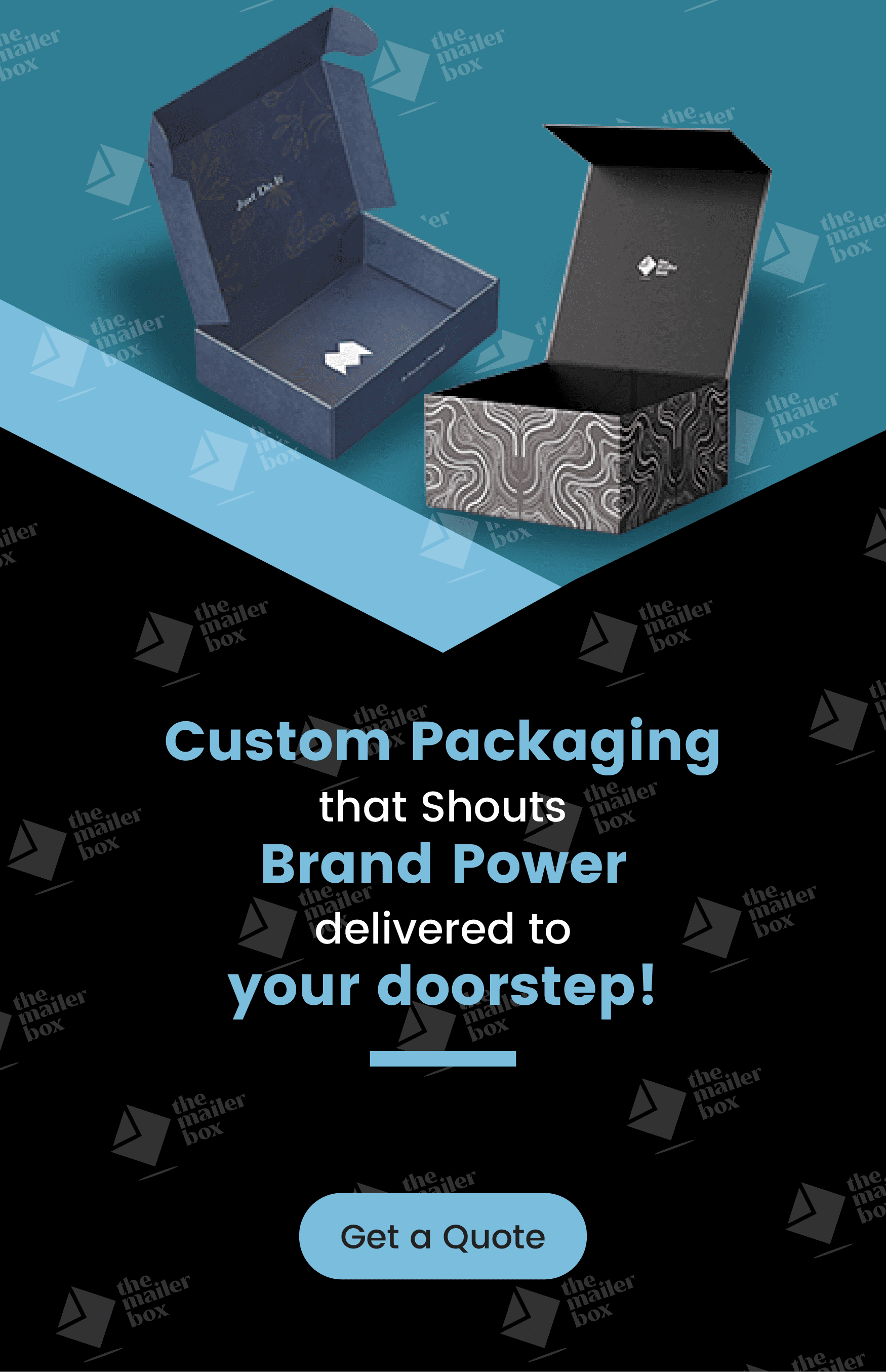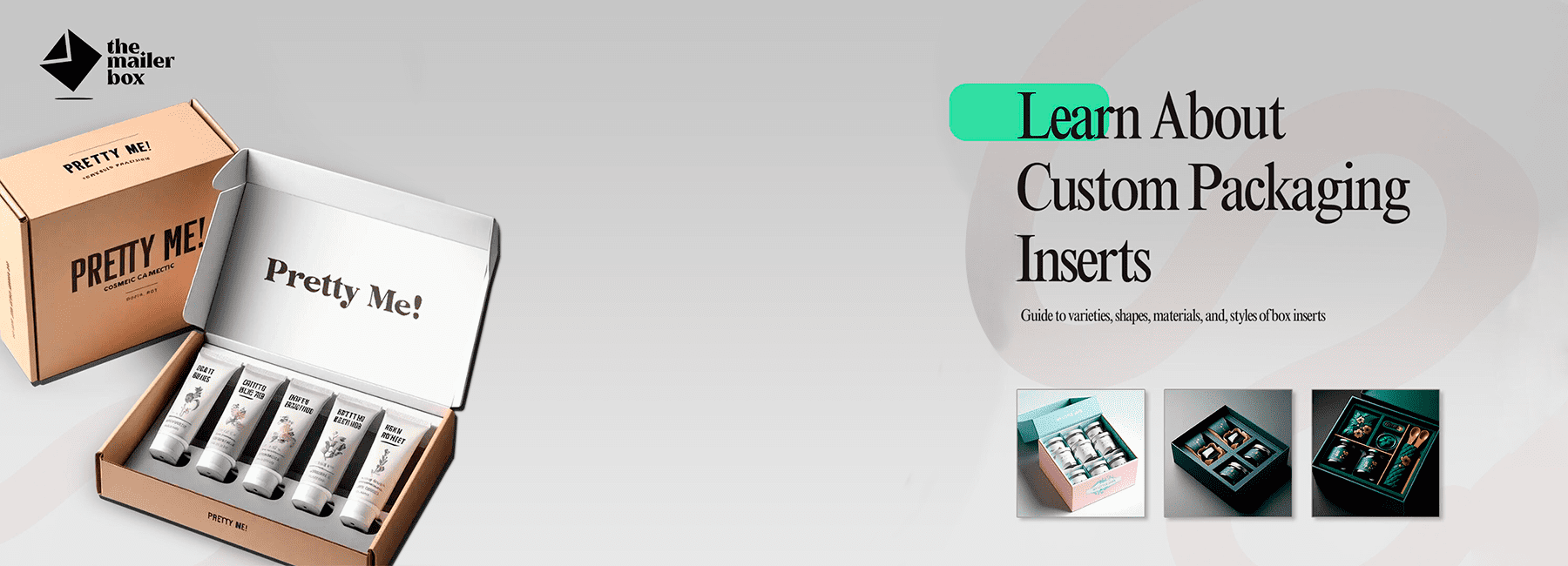
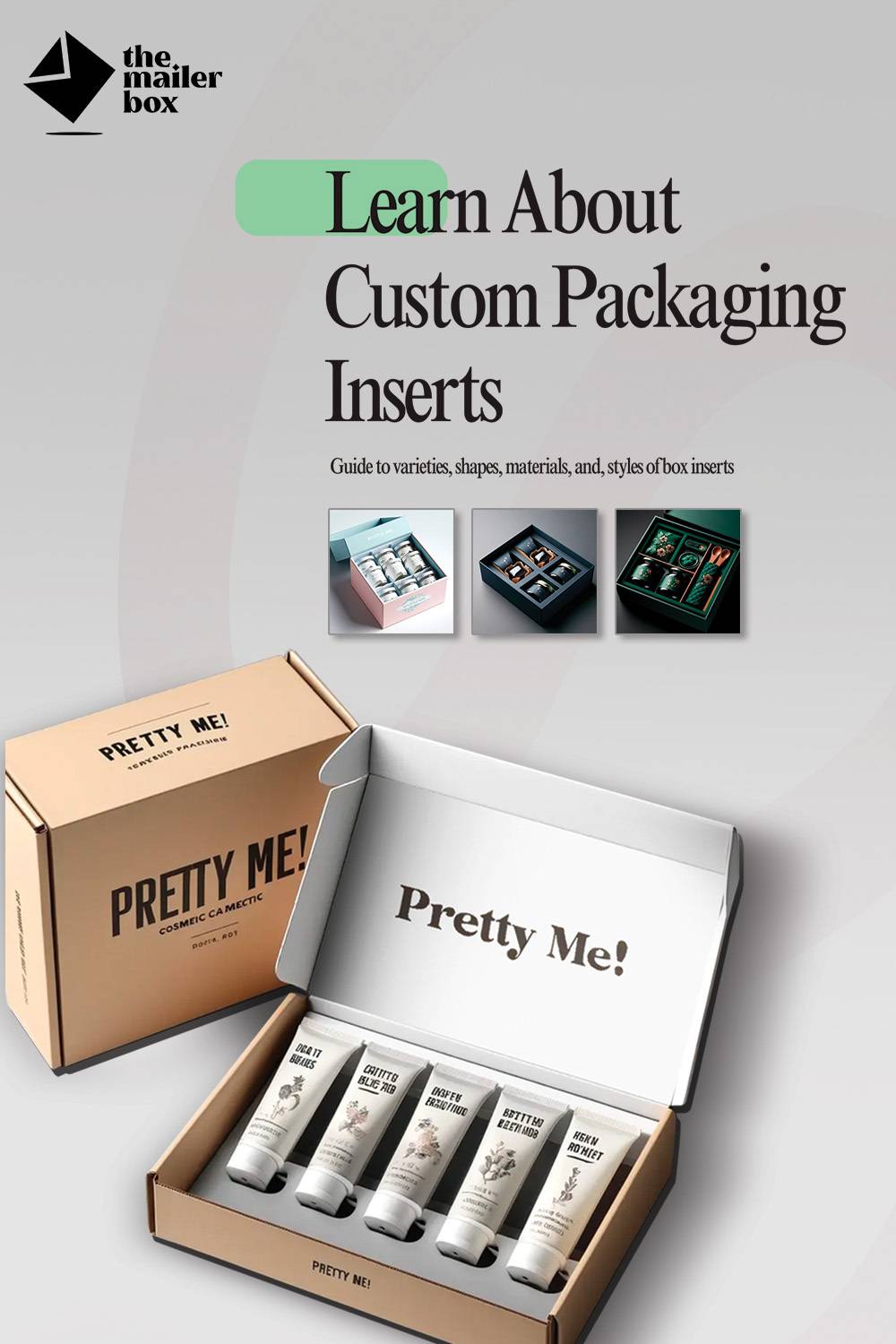
Table of Contents
Best of Custom Mailer Box Inserts – guide to varieties, shapes, materials, and, styles of box inserts
1. Understanding Custom Mailer Box Inserts
A mailer box is a type of paper packaging that is engineered to store and/or courier products. Owing to their paper base, they are lightweight and can be stored flat in inventory before assembly.
As one can imagine, mailer boxes are the backbone of online retail and e-commerce.
Custom mailer boxes can be made using different materials, such as kraft, whiteboard and also using different levels of fluting. Different combinations can provide varying levels of strength and durability to the box and are therefore developed keeping the mind the specific product and business requirements.
For most businesses, the mailer box is simply half of the equation of their needed custom packaging solution. The mailer box itself can be thought of as an empty house. For it to serve its true purpose, you would need some furniture.
In the world of packaging, mailer box inserts are that furniture.
In the case where multiple products go in the same mailer box, the inserts provide a designated space for each of the products. For single products, the type of product would determine the need for box inserts.
For example, if the requirement is to pack and deliver a pair of shoes, then there is no need for inserts. However, if you need to pack even a single cupcake, you’d be better off fitting it in an insert.
Like a house without furniture looks quite unimpressive and even plain disappointing, a mailer box that needed inserts would bring the overall image of the brand down if products are packed and shipped without them.
And that is regardless of how gorgeous the printed mailer box itself might be.
Ah, imagine the clutter.
But the mailer box inserts themselves have a whole world of their own. Getting the core information about their types and fits can help you make better decisions about which to choose for your brand.
2. Custom Inserts by Material
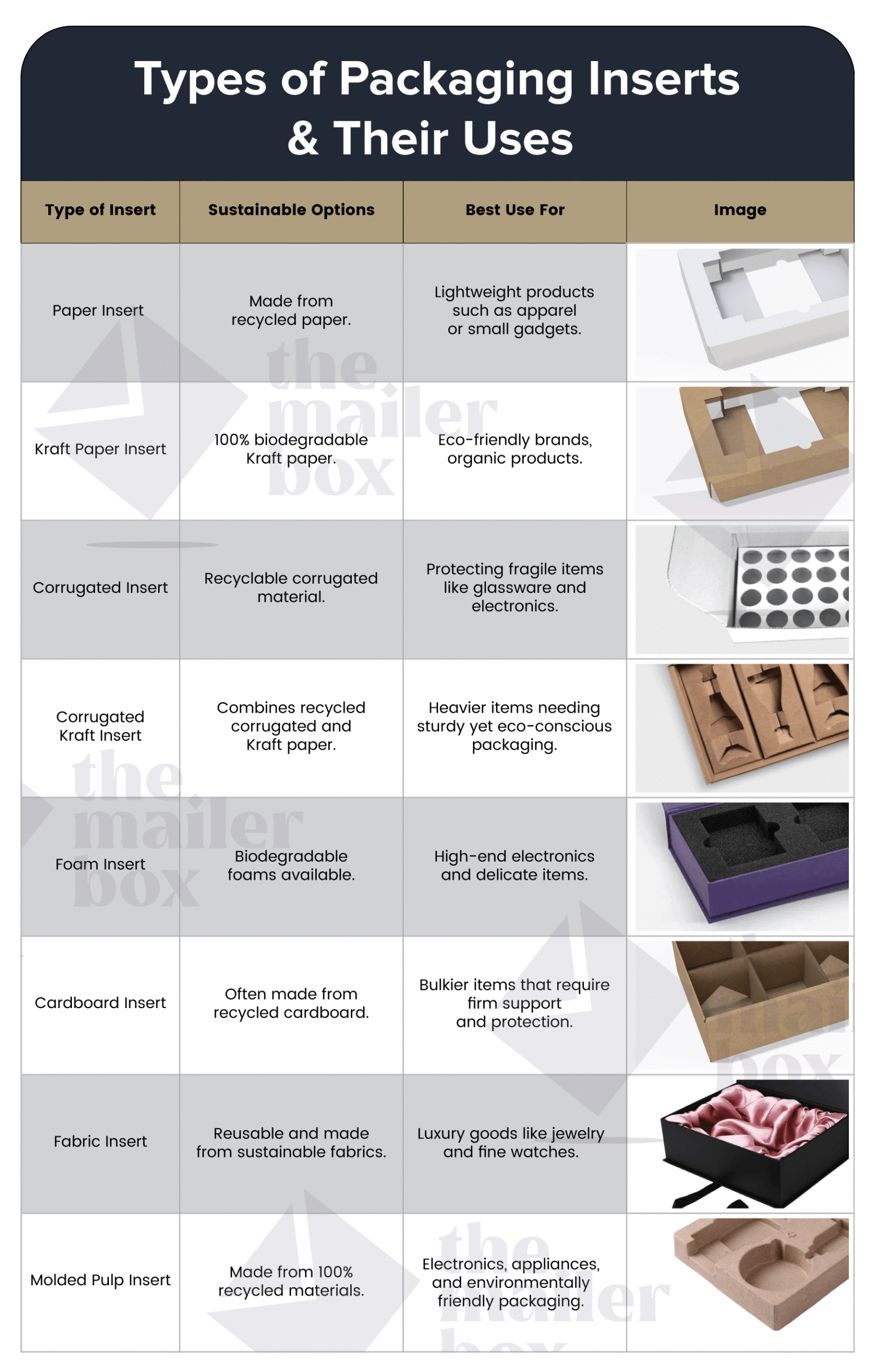
2.1 Foam Inserts
Foam inserts for mailer boxes are there to protect fragile items. They provide cushioning and a snug fit to the products inside, so the products remain safe even in the case of any impact during storage or transport. They can be made from the following foam varieties:| Image | Type of Foam | Characteristics | Strength | Best for |
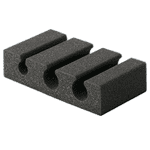 |
Polyurethane Foam (PU) | Lightweight, custom-moulded, compressible, and shock-absorbent | Moderate shock absorption | |
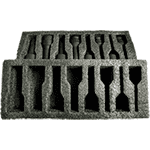 |
Polyethylene Foam (EPE) | Lightweight, custom-moulded, recyclable, and shock-absorbent | High shock absorption | |
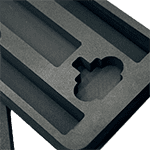 |
Ethylene-Vinyl Acetate Foam (EVA) | Good impact resistance, dense, custom moulded | High shock absorption | Glassware, electronics, high-end products |
 |
Expanded Polyethylene Foam (EPE) | Lightweight, shock-absorbent, recyclable, custom-moulded | High shock absorption | |
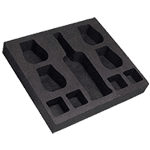 |
Electrostatic Discharge Foam (ESD) | Electrostatic protection, available in PU and EPE | Electrostatic protection | Electronics |
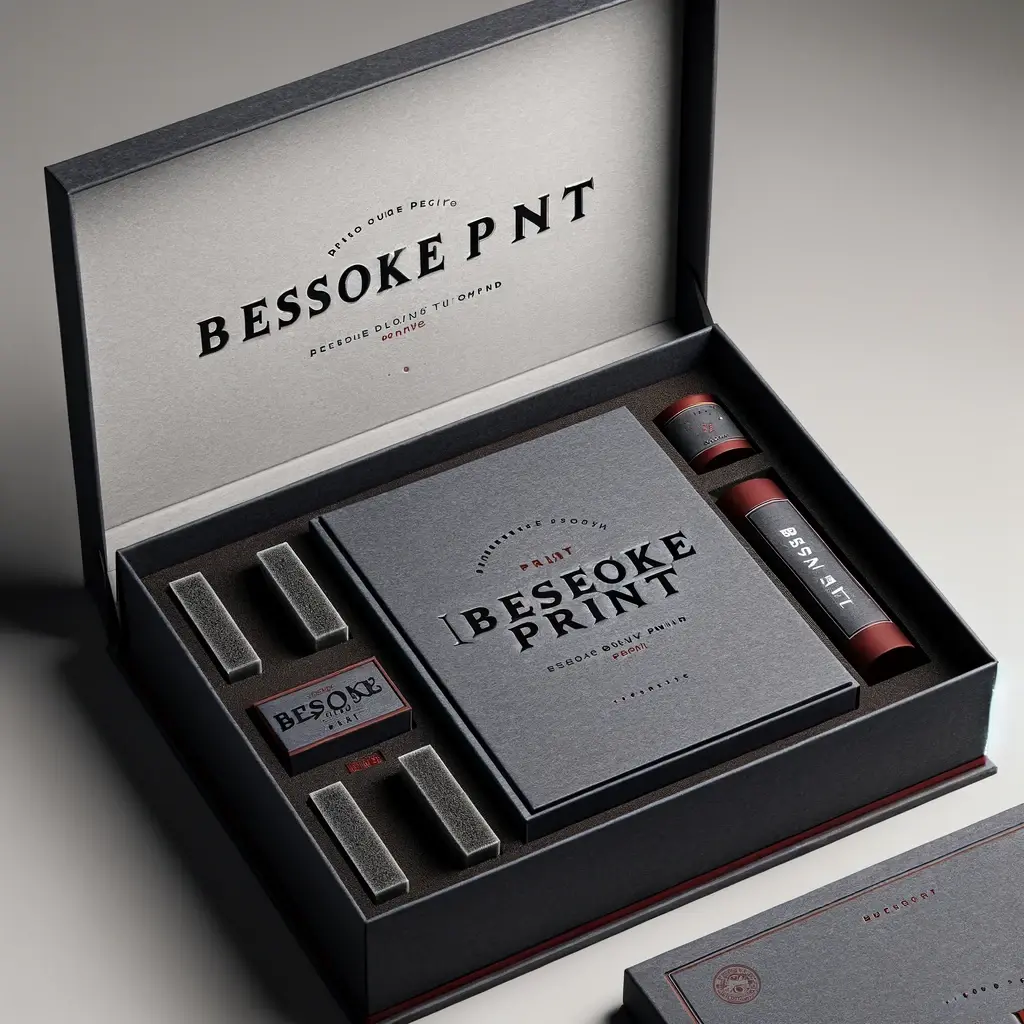
2.2 Paperboard Inserts and Cardstock Inserts
Paperboard is simply a thicker version of paper. It is important to note that paperboard is just one layer of paper, unlike cardboard, and it gets its strength from its thickness.
They can be made from the following foam varieties:
| Image | Type of Paperboard | Characteristics | Best for |
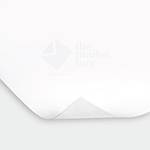 | Solid Bleached Sulfate (SBS) | Can be bleached on one or both sides. 100% recyclable | Folding cartons, food packaging |
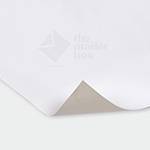 | Clay Coated Newsback / duplex board | Rigid material | Folding cartons, rigid boxes |
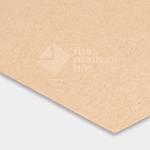 | Brown kraft | Unbleached, sustainable | Folding cartons, rigid boxes |
The same is true for cardstock, which is a thicker and studier type of single-layer paper but typically has a smoother or fancier surface than paperboard.
Both these types can be used as divider inserts and can be die-cut into the required shapes and sizes. One awesome feature of both these materials is that they can printed to further enhance the visual appeal of the package.
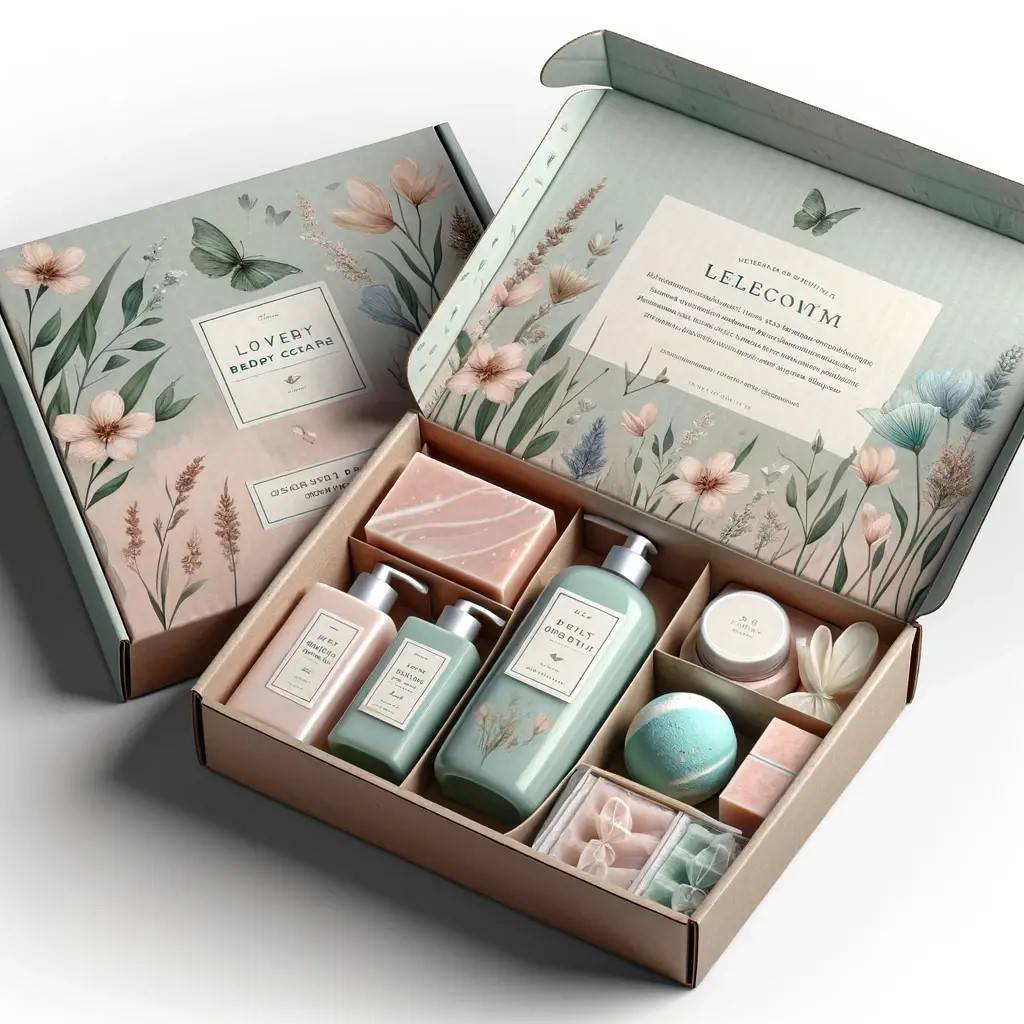
This insert defines kraft paper inserts
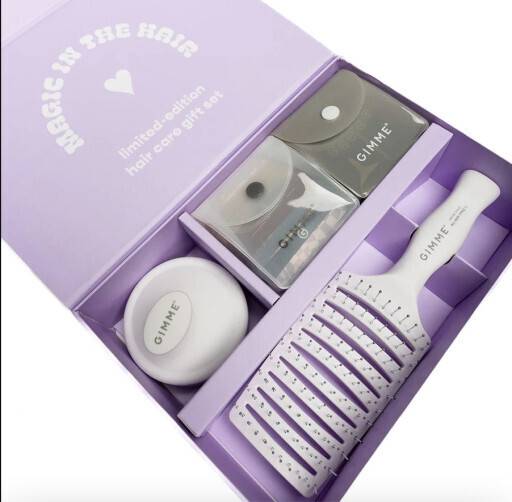
This insert defines paper inserts
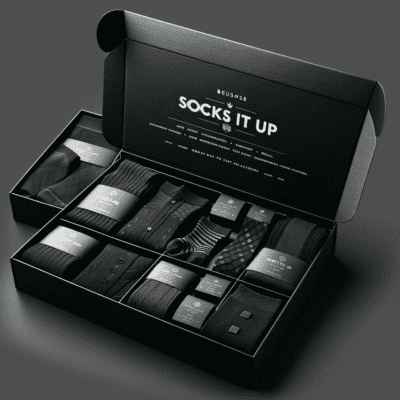
Not only does this enhance the customer’s unboxing experience, but it also overall lifts the image of the product, making them look and feel more premium.
Printed box inserts can be more affordable than you’d expect and can be easily shipped flat-packed with flat, unassembled mailer boxes.
2.3 Corrugated Cardboard Inserts
The cardboard is made of three layers of paper – two outer walls and one wavy (fluted or corrugated) layer in between which enhances its strength.
They can be made from the following foam varieties:
| Image | Type of Paperboard | Characteristics | Best for |
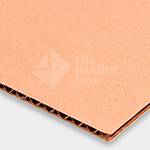 | Corrugated Kraft board | Includes wood fiber, different fluting levels available | Corrugated boxes, food packaging, counter displays |
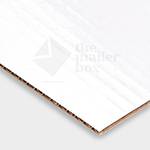 | Corrugated Paper board | High color quality for print, natural kraft undertone | Corrugated boxes, floor displays, counter displays |
Cardboard inserts are most often seen in the packaging of drinkware and for relatively fragile items.
Cardboard inserts are the choice where the protection of the product is a higher priority than the aesthetic appeal of packaging. These are often ordered with stock boxes to keep each product compactly packed but can also be printed on all sides if required.
These printed box inserts will require an additional step of printing after the corrugation is complete.
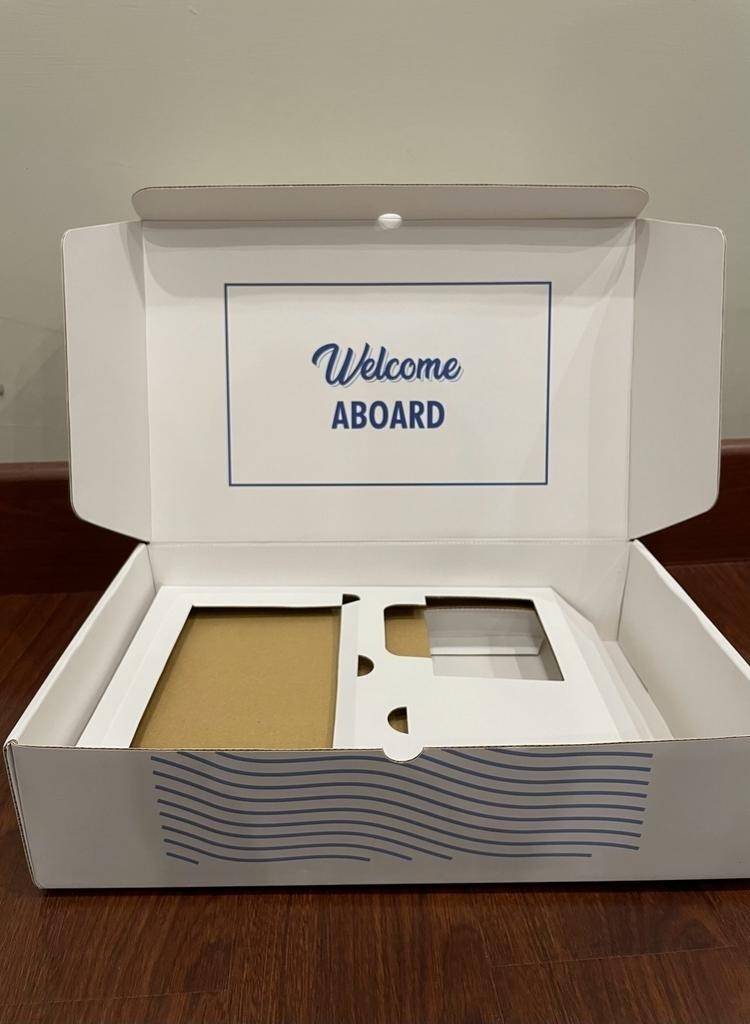
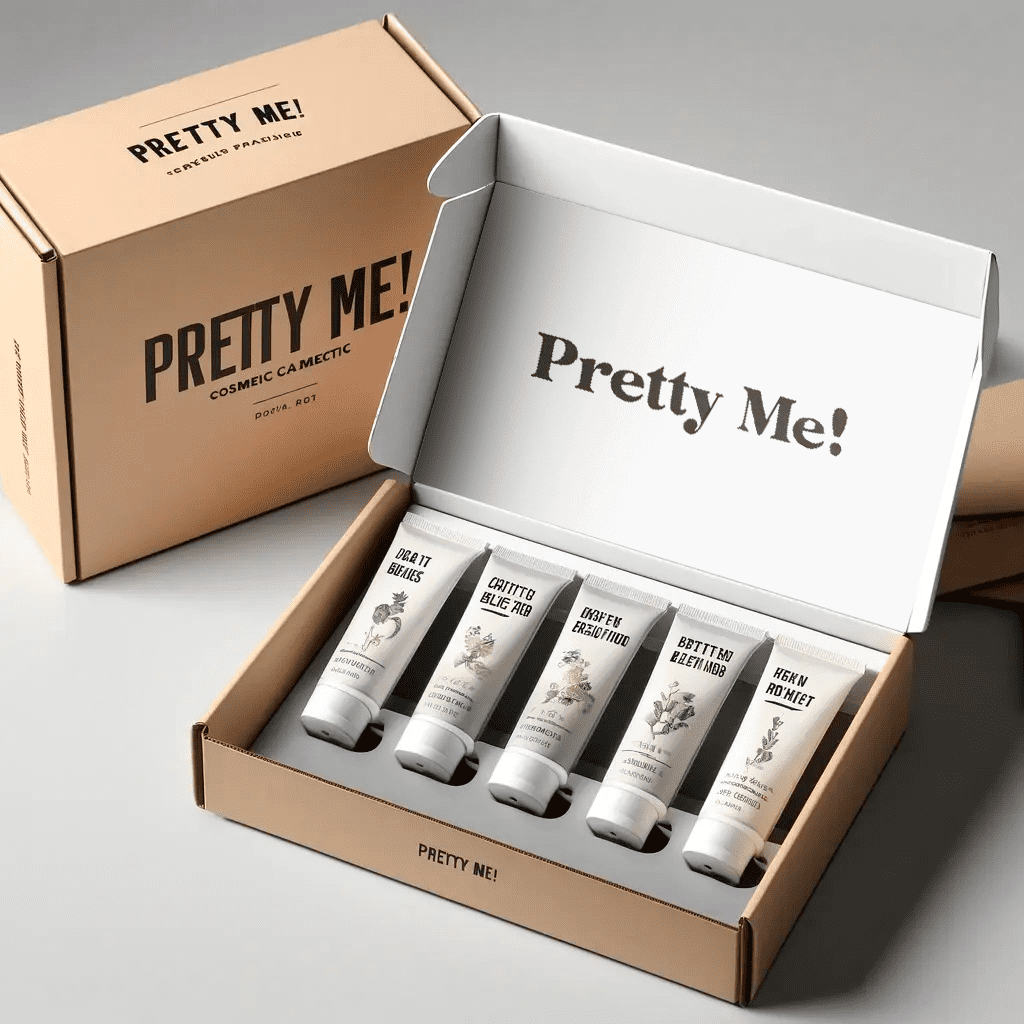
2.4 Plastic / Thermoformed Inserts
Plastic inserts can be of the following varieties:
| Type of Paperboard | Characteristics | Best for |
| Polyethylene Terephthalate (PET) | Clear thermoplastic | Blister Inserts |
| Polyvinyl chloride (PVC) | High heat resistance and flexible | Poly mailers, blister inserts, stand-up pouches |
| High-density polyethylene plastic (HDPE) | Low moisture absorption, durable | Food packaging |
| Low-density polyethylene plastic (LDPE) | Translucent but higher in clarity, high chemical resistance | Food packaging, shopping bags, stand-up pouches |
| Polypropylene plastic (PP) | Recycled, high tensile strength | 100% safe food packaging |
| High Impact Polystyrene (HIPS) | Rigid material, durable | Pharmaceutical packaging |
| Polylactide plastic (PLA) | Biodegradable, cost-effective, made from renewable material | Bottles, films |
| Polyethylene Terephthalate Glycol (PETG) | Heat resistant, high strength, good surface for printing | Food packaging, beverage packaging |
Thermoformed inserts are made of PS (polystyrene), PET (Polyethylene terephthalate), and/or PVC (polyvinyl chloride). The selected plastic is heated to make it more malleable and then the softened plastic sheet is molded. The final insert is cooled and trimmed for use.
These inserts provide one of the best levels of protection for the products and are therefore used for fragile or damage-prone items such as electronics or medical devices.
They are quite effective in keeping the products safe and snuggly packed however they are low in terms of recyclability because of their plastic content.
2.5 Fabric Inserts
Fabric inserts are typically only reserved for higher-end or luxury products such as jewelry or ornaments. They need a two-step process to be developed. An initial base is first created which is then
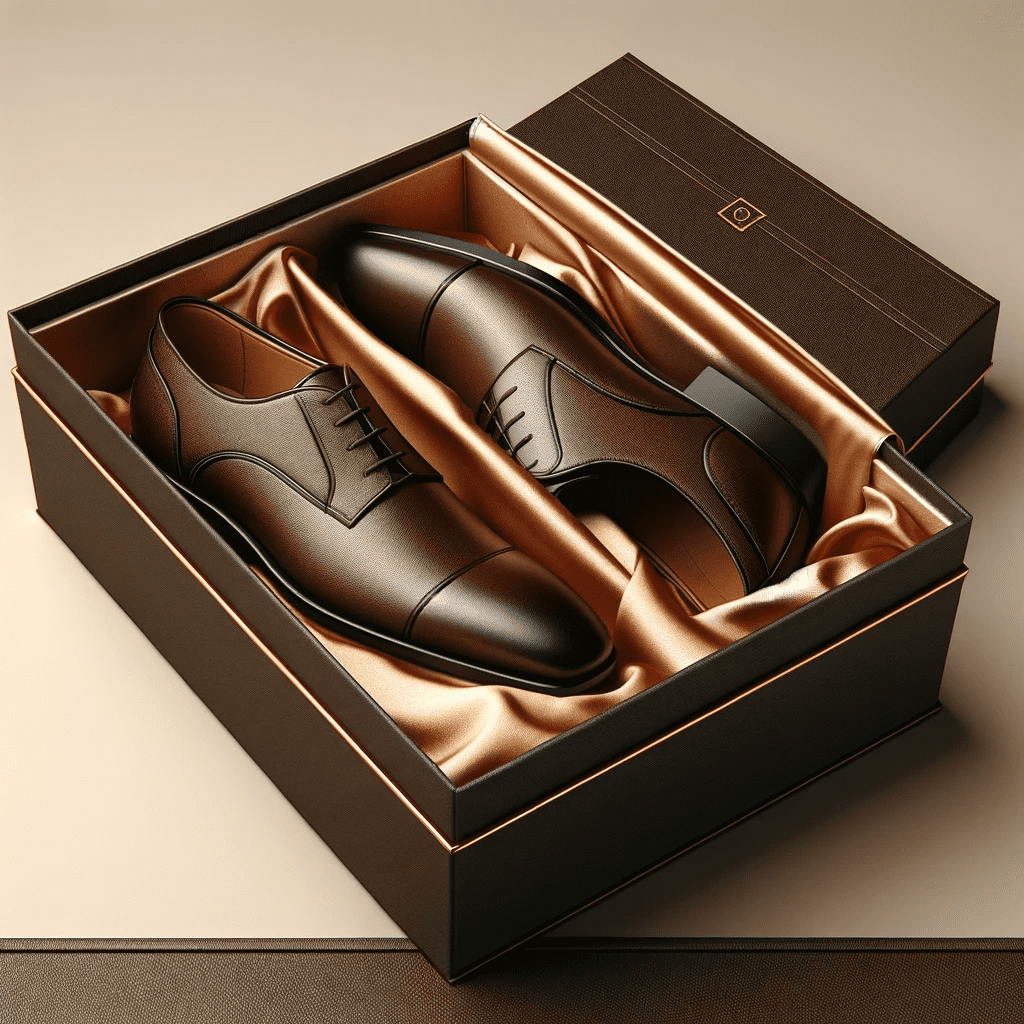
These items can be packed using other varieties of inserts e.g., foam but that does not meet the luxury criteria where it is one of the priorities.
2.6 Moulded Pulp Inserts
The most famous example of moulded pulp inserts is the classy, timeless, and expensive packaging of Apple iPhones.
Moulded pulp inserts are made from recycled paper or cardboard. The raw material for this process is soaked in water and chemicals to be broken down into pulp which is then moulded to the required shape.
Once the desired shape is achieved, the same mould is used to press the excess liquid out. The moulded insert is then dried and trimmed for assembly. The result is an insert that is almost solid and pretty unbreakable.
Apart from the printed moulded pulp inserts that Apple Inc., uses, these inserts are very commonly used for packing electronics such as TVs, computer screens, laptops microwaves, etc due to their sturdiness and ability to protect the items inside the box.
These box inserts are also one of the most environment-friendly options as they help in creating a more circular economy however on the downside, they are rigid and can be shipped/stored flat, but they do take up space in terms of volumes.
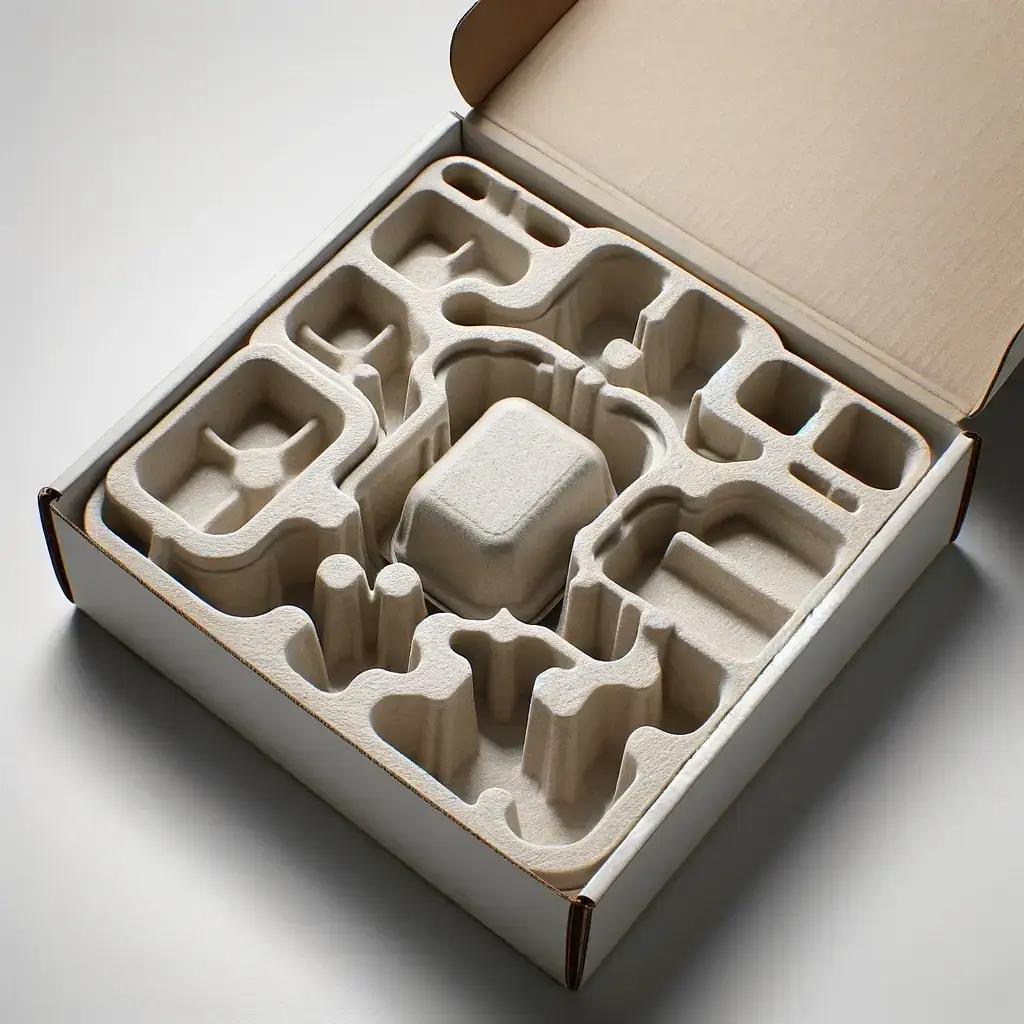
3. Shapes and Manufacturing Techniques
3.1 Divider Inserts
As the name implies, divider inserts or partitions make it possible to create multiple sections in a single mailer box. These divisions can be symmetrical or developed to fit products of different shapes and sizes as shown in the images below:
The division primarily helps to keep the products separated and in place, so the customer does not get a mish-mash of products inside the mailer box.
These dividers can be created using a variety of materials and are typically manufactured using die-cutting technology. This helps make sure that all inserts are perfectly and consistently sized for the outer mailer box and the necessary products.
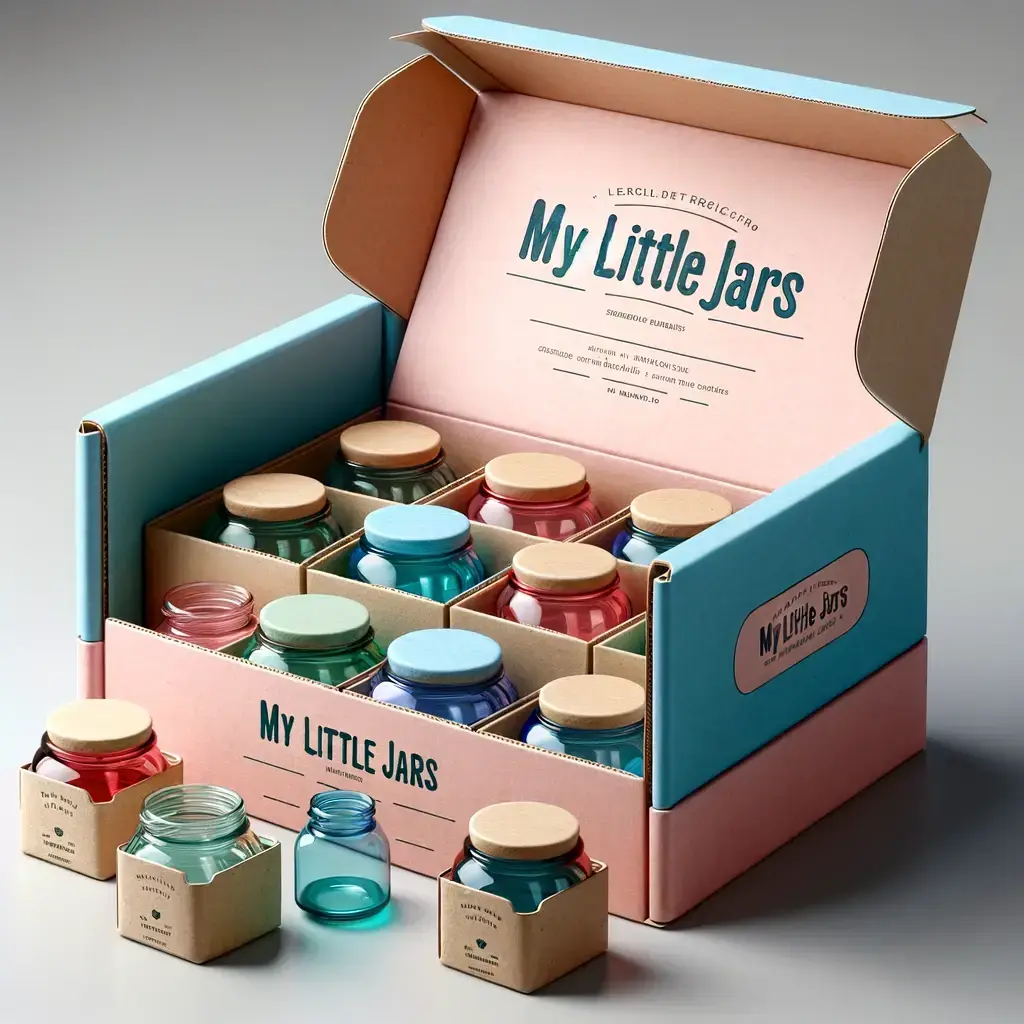
For details on materials and their pricing, follow the link here.
When it comes to custom mailer box inserts, there is no one-size-fits-all situation unless of course what you need are standard paperboard dividers for a standard mailer box size.
Each unique product and each unique combination of products within a mailer box requires custom-sized box inserts. A reliable custom packaging partner will be able to guide you about the most suitable material and cut of inserts that your business needs.
If you’d like one of our packaging experts to help you out with more information, feel free to contact us directly at +1-801-783-4566 or you can always email your queries to [email protected]. Our design and customer support teams are available 24/7.
3.2 Cutting / Moulding Techniques
Among the most commonly used techniques for manufacturing box inserts is die cutting.
Die-cutting ensures consistency and accuracy throughout the production line. This in turn has a massive cost and time-saving impact on quality assurance and customer complaint management processes.
Setting up the initial design for die-cutting no doubt takes time but that investment is well compensated for through its many benefits. This is especially true when working with larger quantities and repeat orders.
As the order size increases, the per unit cost of production comes down – known in business as economies of scale. You can find out more about what die cutting is and the processes through which it is set up here
Younger brands can benefit from the economies of scale by planning their custom mailer box and box insert orders well in advance. This requires them to forecast their demand effectively, which in turn will positively impact their revenue growth and profitability.
Foam inserts particularly can be customized using a water jet, knife/router, wire, and laser cutting. Each type has its benefits and associated costs.
Higher-end inserts such as fabric inserts can be manufactured manually. They can be hand-cut and then pasted/inserted inside the box. The more labor-intensive the process, the higher will be the final cost of each box. It is therefore up to the brand to establish the right mix of luxury, functionality, and cost.
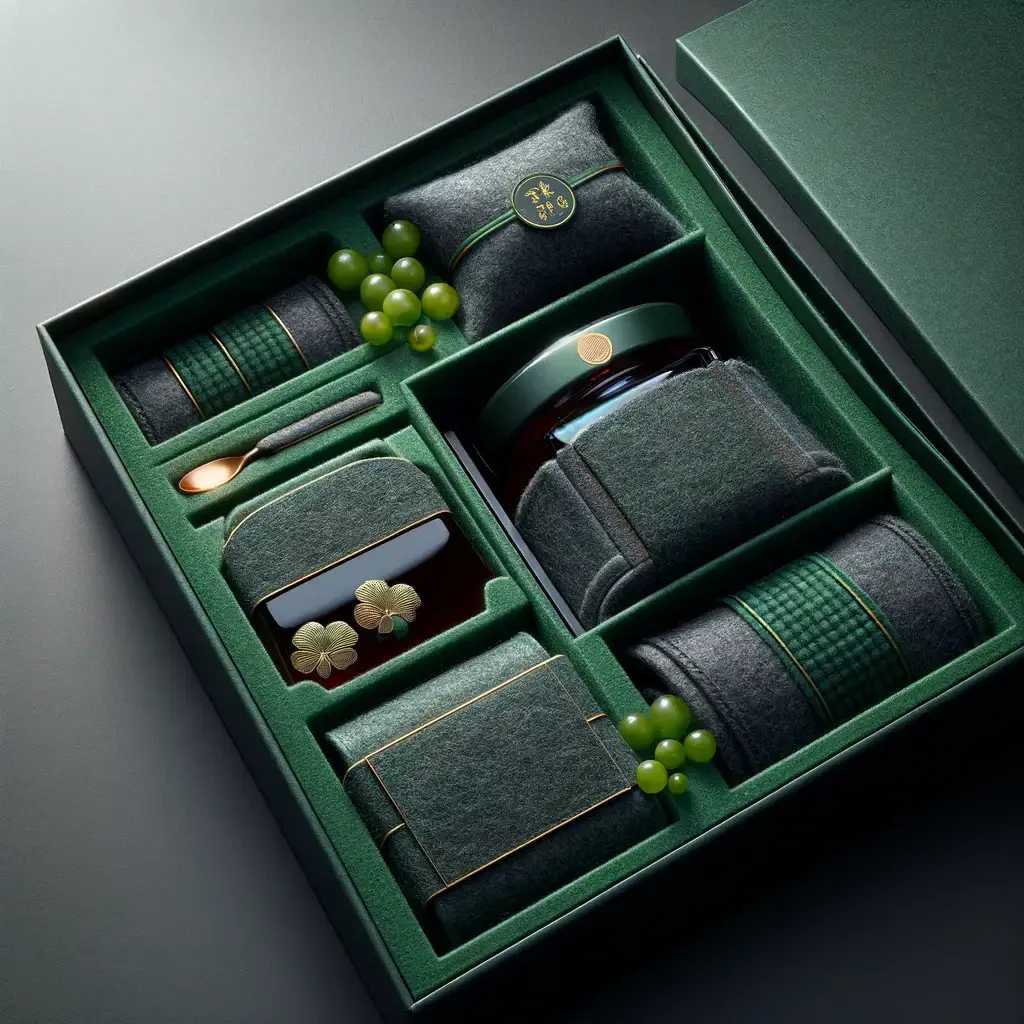
4. Matching the Type of Custom Mailer Box Inserts with Product Types
The best insert is the one that serves your product in the best possible way.
Use the table below to choose the most suitable custom box insert for your product:
| Criteria | Very Important | Important | Not Important | Completely Irrelevant |
| Safety during transit | ||||
| Presentation for the Customer | ||||
| Visual Appeal of the inserts | ||||
| Recyclability of Inserts | ||||
| Cost of Packaging | ||||
| Ease of Using Inserts |
Check the ease box as necessary and then match it with the key below:
| Criteria | Safety during transit | Presentation | Visual Appeal | Recyclability | Cost of Packaging | Ease of Use |
| Paperboard | Low – Medium | Custom | Custom | High | Low | High |
| Cardstock | Low – Medium | High | High | High | Medium – High | High |
| Cardboard | High | Custom | Custom | High | Medium | High |
| Foam | High | Medium | Medium | Medium | Medium – High | High |
| Moulded Pulp | High | Low – Custom | Low – Custom | High | High | High |
Are you better informed about custom mailer box inserts than you were before you read the article?
If not, our friendly team at The Mailer Box is always eager to share their packaging knowledge. Get in touch for any inquiries, feedback, and orders here

Ayesha Khubaib
Ayesha has a diverse experience in areas of marketing and management. Over the years, Ayesha has been involved in the packaging sector in various capacities and now aims to share packaging market insights with her readers
Get in touch with a custom packaging specialist now for a free consultation and instant price quote.

